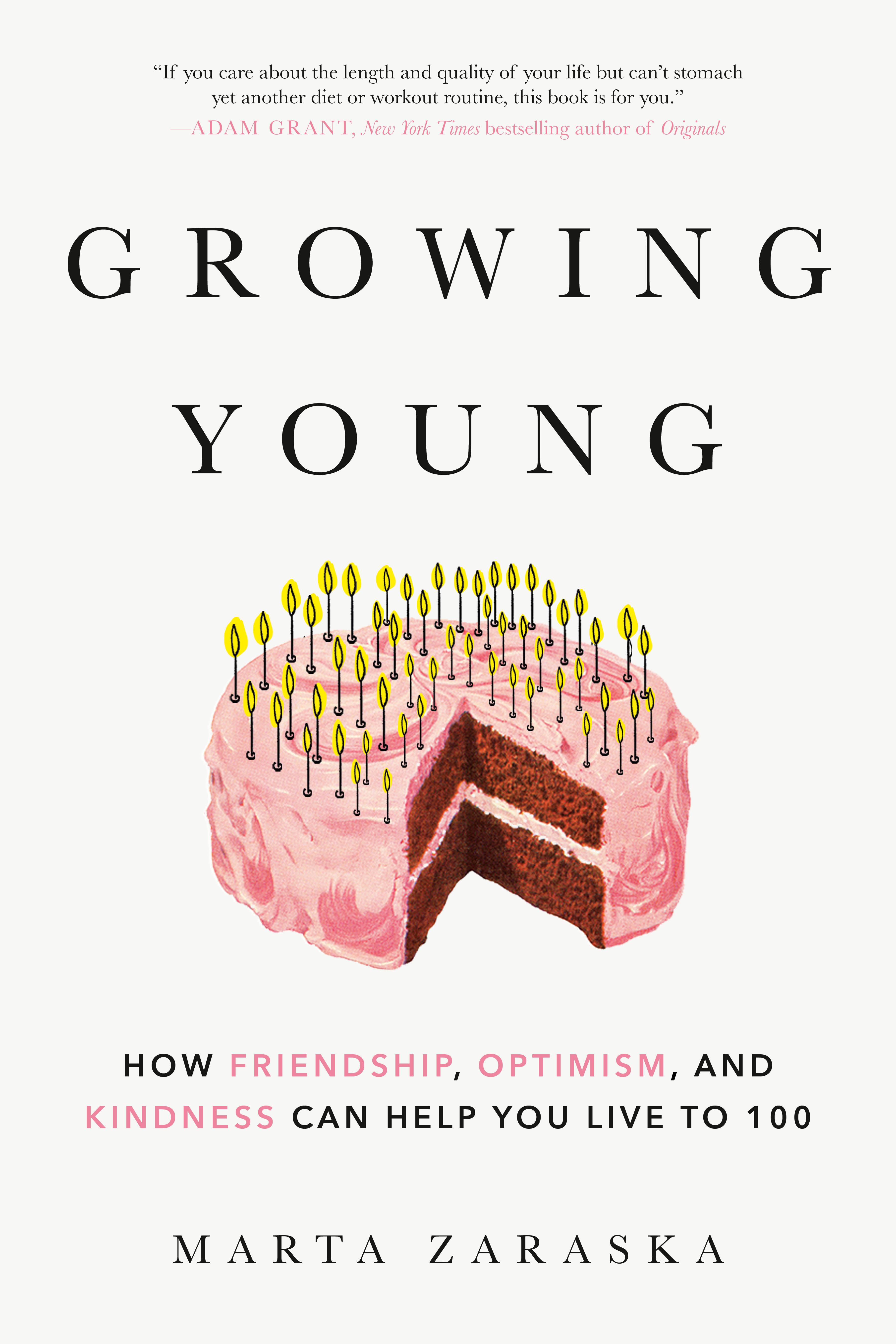In the 1979 movie Manhattan Diane Keaton asks Woody Allen to let out his anger so that they can finally get things “out in the open.” “I don’t get angry,” he replies, “I grow a tumour instead.”
Woody Allen might have been on to something. Our bodies and minds are amazingly interconnected. In experiments, people who merely imagine exercising their hand muscles end up with improved strength. Others get real rashes from exposure to fake poison ivy. Placebo treatments, meanwhile, are so effective that 42 percent of balding men maintain or increase hair growth after such “cures.” Hypnosis can even be used to reduce pain during lumbar punctures and heart surgeries.
There is nothing magical or New Agey about body-mind connections. Instead, very measurable neural, hormonal, and immunological pathways link our thoughts and feelings to other physiological processes in our bodies. William Paul Young, a Canadian novelist, once wrote that “emotions are the colors of the soul”—a sublime statement, but rubbish from the perspective of modern biology. Emotions are not fairy-dust clouds floating around in our heads. They are evolved signals inside the body that exist as much in humans as they do in other animals, from cows and dogs to birds and reptiles.
If you take an animal and apply electrical stimulation to its brainstem, that ancient structure at the base of the brain, you will elicit behaviours suggestive of emotions. The same thing works with humans too, indicating that emotions are very old in evolutionary terms and that besides inspiring poetry they must serve some very down-to-earth purposes, like helping you not get eaten by predators. Emotions inform us about the state of our environment and our bodies and help us prepare an adequate response. Fear? A lion may be approaching. Anger? You may soon get punched. Disgust? Don’t touch! Parasites could be lurking. Satisfaction? All is well in your body.
Emotions may also facilitate learning—things that are emotionally loaded simply get better ingrained in our memory. You may well remember to avoid nighttime strolls through the savanna if you were once scared there by a predator. In lab experiments, people are best at recalling memories that are emotionally intense, regardless how much time has passed since the experience. The idea that emotions serve as guides to bodily sensations and the environment is further supported by the fact that people paralyzed from the neck down often complain that their emotions are blunted.
Of course, even if lizards and ducks do have emotions, our inner lives are likely more complicated than are theirs. That’s why neuroscientists tend to distinguish emotions from feelings, the latter being the mental experiences of emotions—yet still very much planted in our biology (the cerebral cortex is involved). Emotion is basically that thing that stirs in your gut or your chest. Feeling is what your brain does with that stir, how it experiences it. Emotions are our guide to the environment. Feelings are how we interpret the signs. Emotions are automatic, while feelings are more conscious.
Just like emotions and feelings, our thoughts aren’t ethereal vapours, either. Researchers are still arguing over where exactly in the brain self-generated thoughts arise, but some patterns are beginning to emerge. A region called the default network seems particularly vital—that’s a network of brain regions that activates when you are not doing anything in particular, kind of like a computer on standby.
If you wonder how, exactly, scientists find thoughts inside human skulls, here are some examples: they zap brains with electricity during surgeries (with patients’ permission, of course), they use implanted electrodes to record electrical activity produced by neurons, or they place experienced meditators in magnetic resonance imaging scanners. Such studies show, for example, that if you stimulate parts of the default network of someone’s brain — so the regions of the cortex that activate when you think about the past or envision the future — you may cause that person to daydream and spontaneously recall memories. And if you run one-millisecond electrical pulses through the almond-shaped amygdala, you can cause déjà vécu— kind of like déjà vu on steroids—an illusion of having lived a whole sequence of events already, one that is longer, less fleeting, and less easy to dismiss than déjà vu. The amygdala, the region that is very likely involved in thinking, is also one of the main brain structures that can help explain how our minds and bodies are interconnected. The keyword here is fear.



